Cats may be independent creatures, but they are surprisingly attuned to the emotions of their human companions. Though often misunderstood as aloof, cats have unique ways of observing and responding to our feelings. By studying body language, tone of voice, and daily habits, cats build a deep understanding of their favorite humans.
Reading Facial Expressions and Body Language
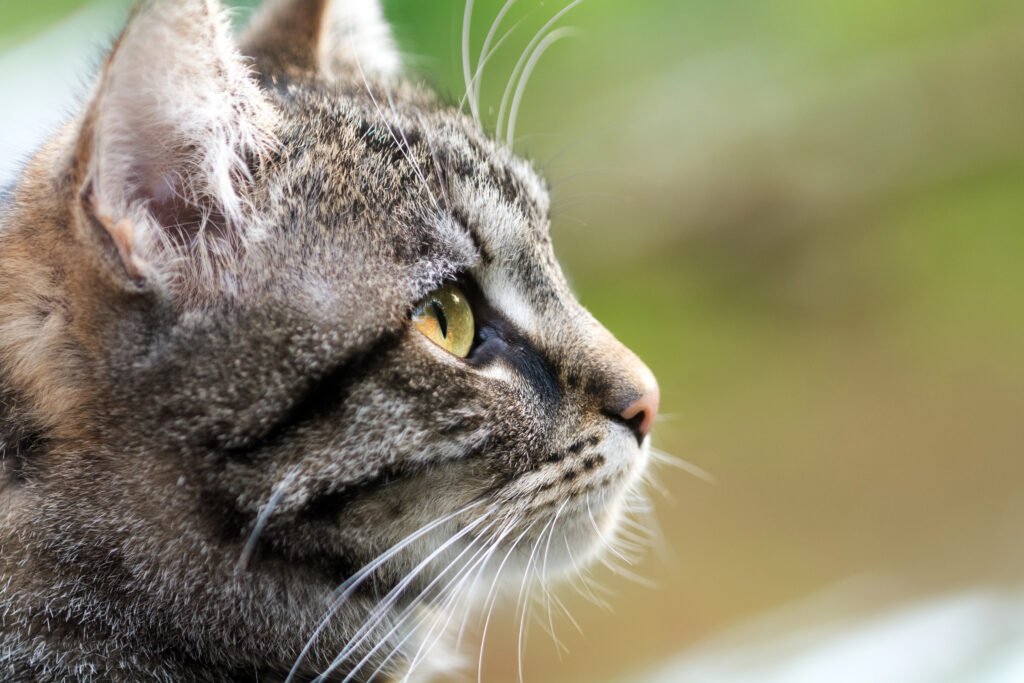
Cats are keen observers of human behavior. They watch facial expressions closely, associating smiles or frowns with positive or negative outcomes. For instance, a cheerful expression paired with gentle movements may encourage a cat to approach, while abrupt gestures or tension can signal a need for caution.
Responding to Tone of Voice
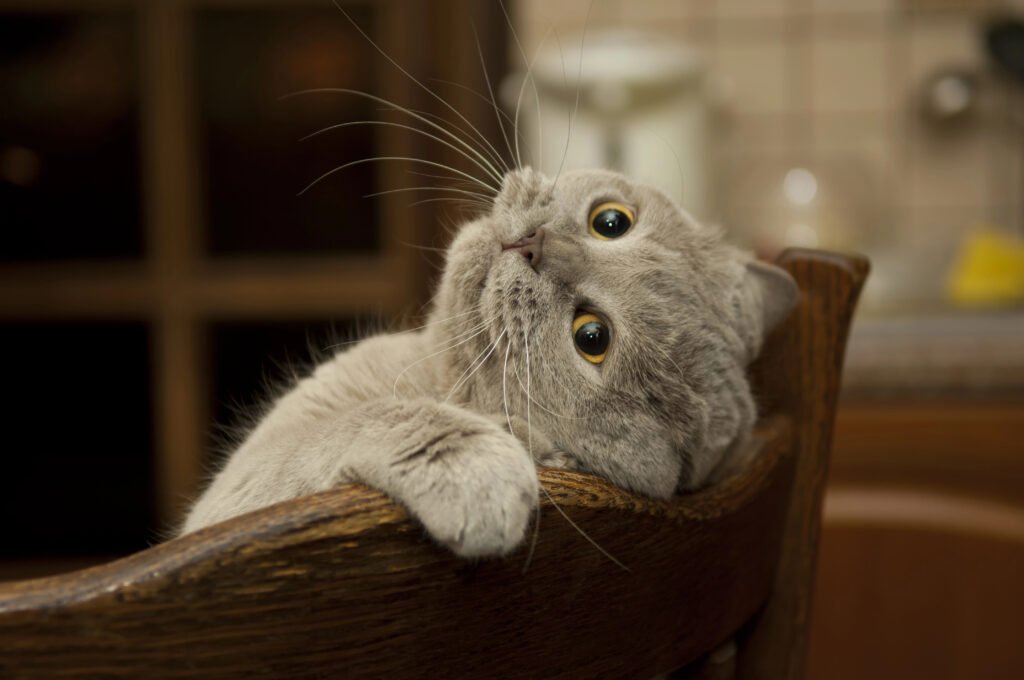
Your tone of voice is another important cue that cats use to gauge your emotions. High-pitched, soothing tones often indicate friendliness and safety, prompting cats to relax or approach for affection. Conversely, loud or sharp tones may be interpreted as stress or frustration, leading them to retreat or become cautious.
Picking Up on Routine Changes

Cats are creatures of habit, and they notice even subtle changes in your behavior. Skipping a usual playtime or moving more slowly around the house might indicate sadness or fatigue to your cat. They often respond to these shifts by offering comfort, such as curling up beside you or gently purring, showing their support in their quiet, feline way.
Recognizing Stress and Anxiety

Cats are especially sensitive to stress. They can pick up on your nervous energy through body tension or restless movements. While some cats may respond by seeking distance, others may become more affectionate, attempting to soothe you with their presence.
Building Emotional Bonds Over Time

Cats don’t instantly understand human emotions—it’s a skill they develop by spending time with their owners. The stronger the bond, the better a cat can interpret subtle emotional cues. This connection is part of what makes cats such comforting companions in times of joy and difficulty alike.
What Science Says About Cats and Empathy
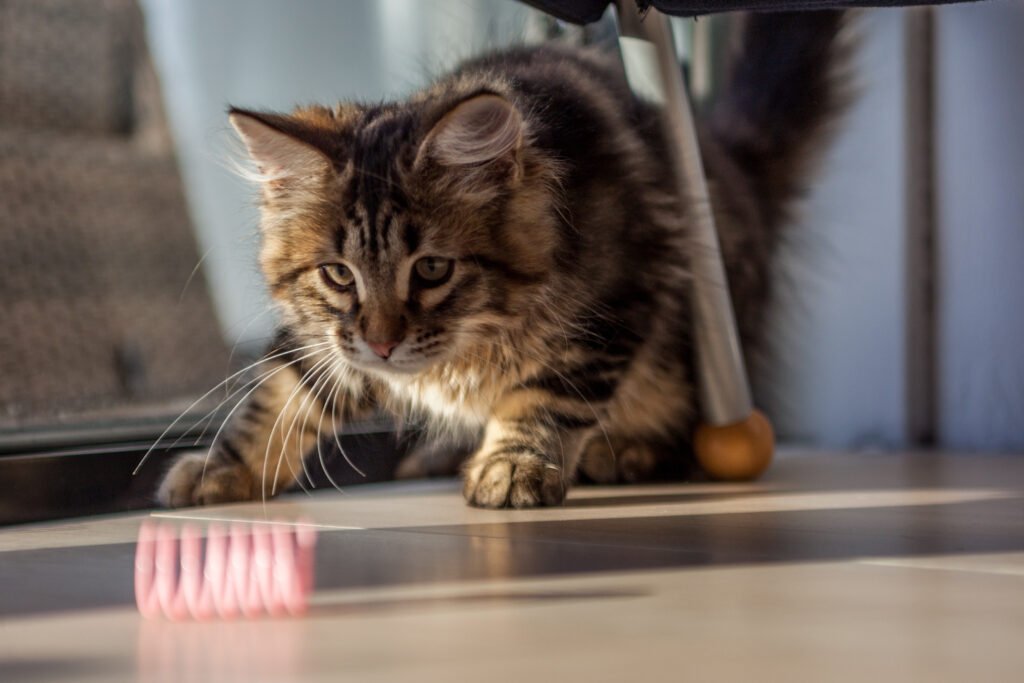
Research has shown that cats are capable of forming secure attachments to their humans, much like dogs or even young children. While their responses may be subtler, they demonstrate empathy in their own way. From rubbing against you when you’re down to playfully engaging when you’re cheerful, cats show they’re in tune with your moods.
Strengthening Your Bond
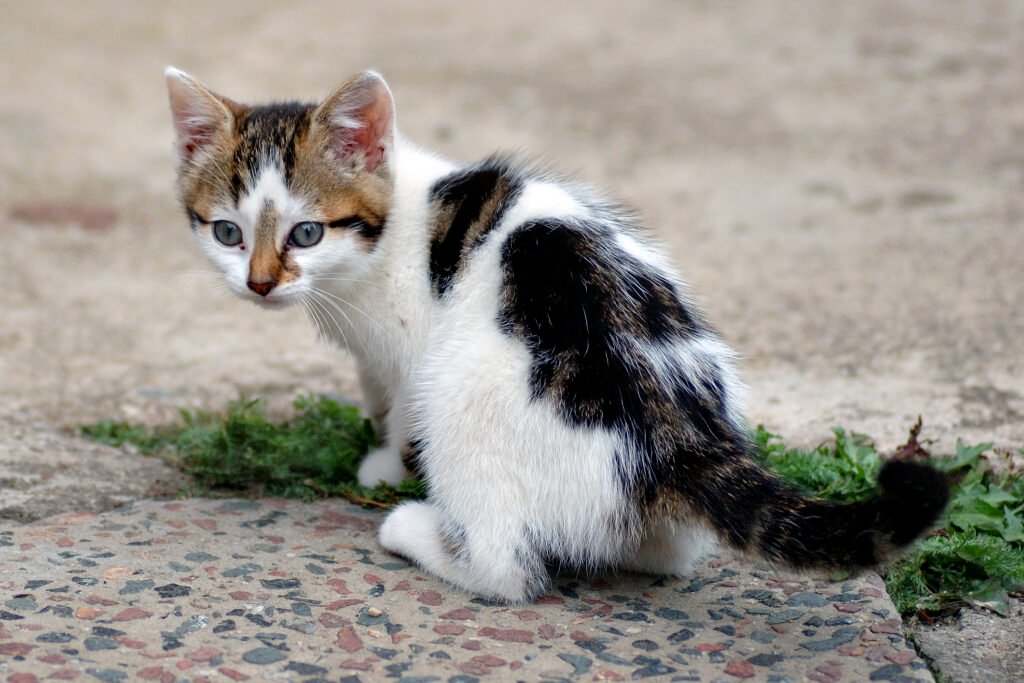
To help your cat better understand your emotions, maintain a consistent routine and use calm, positive interactions. Spending time together through play, petting, or simply sitting nearby builds trust and deepens your connection. Over time, you’ll notice how your cat becomes an intuitive and comforting presence in your life.
A Unique Feline Connection
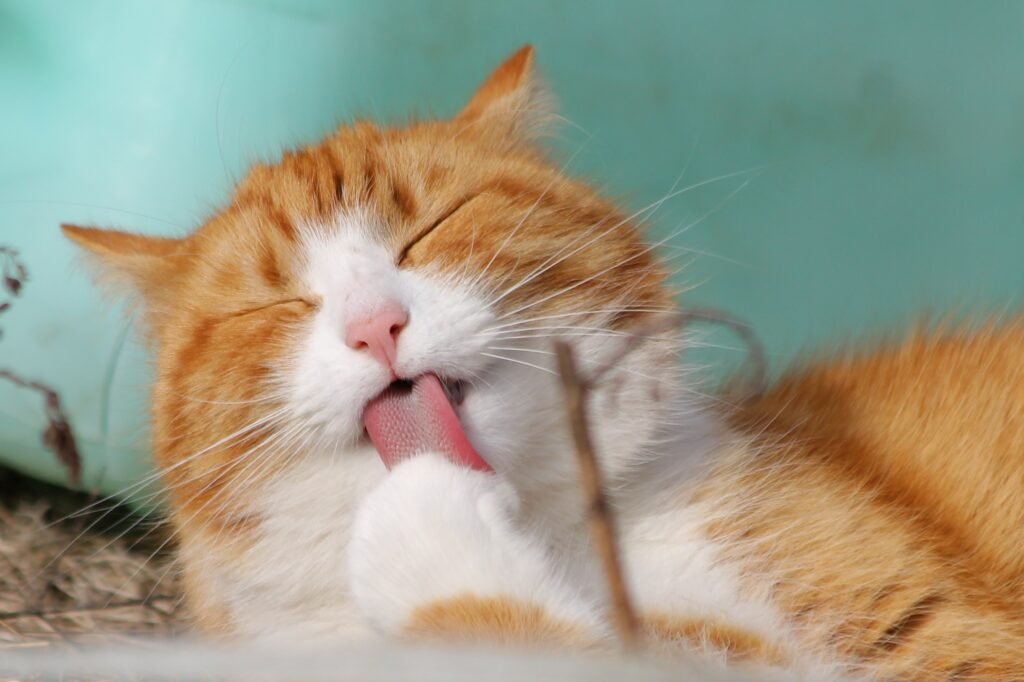
Cats may interpret emotions differently than humans, but their ability to read and respond to our feelings is undeniable. By observing, learning, and connecting, they become not only pets but also empathetic companions who enrich our lives in quiet yet profound ways.

Suhail Ahmed is a passionate digital professional and nature enthusiast with over 8 years of experience in content strategy, SEO, web development, and digital operations. Alongside his freelance journey, Suhail actively contributes to nature and wildlife platforms like Feline Fam, where he channels his curiosity for the Feline into engaging, educational storytelling.
With a strong background in managing digital ecosystems — from ecommerce stores and WordPress websites to social media and automation — Suhail merges technical precision with creative insight. His content reflects a rare balance: SEO-friendly yet deeply human, data-informed yet emotionally resonant.
Driven by a love for discovery and storytelling, Suhail believes in using digital platforms to amplify causes that matter — especially those protecting Earth’s biodiversity and inspiring sustainable living. Whether he’s managing online projects or crafting wildlife content, his goal remains the same: to inform, inspire, and leave a positive digital footprint.






